Latest
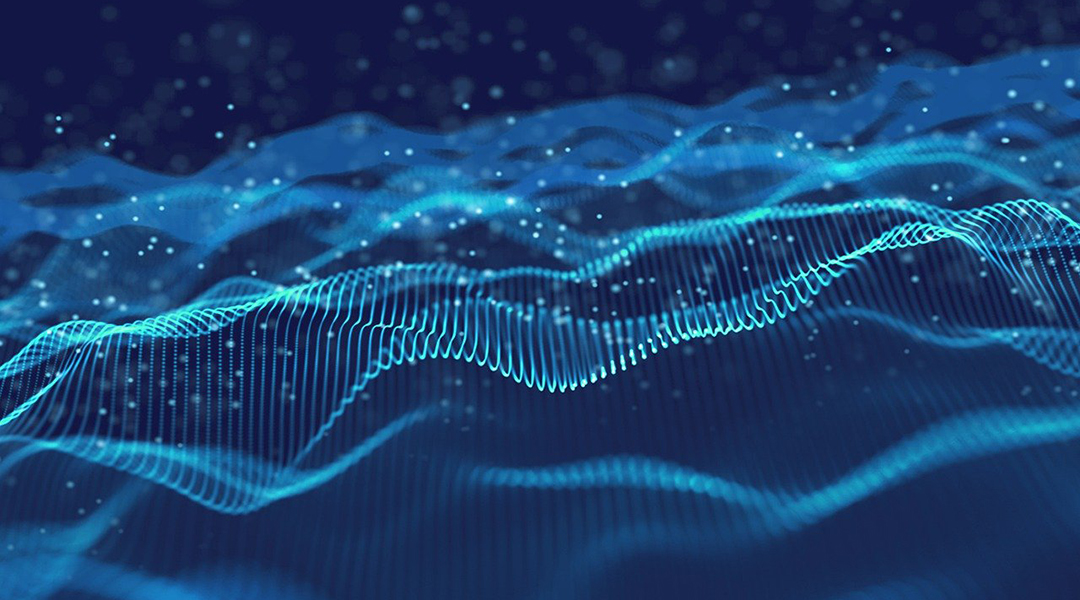
An advanced 3d printer is helping build reliable quantum communication
A state-of-the-art printer with nanometer-scale precision enables the production of quantum emitters, advancing secure quantum communication.

Engineered blood cells could eliminate blood type matching to solve donor shortage
Taking inspiration from plankton, researchers create engineered blood cells that are an important step toward a universal blood supply.
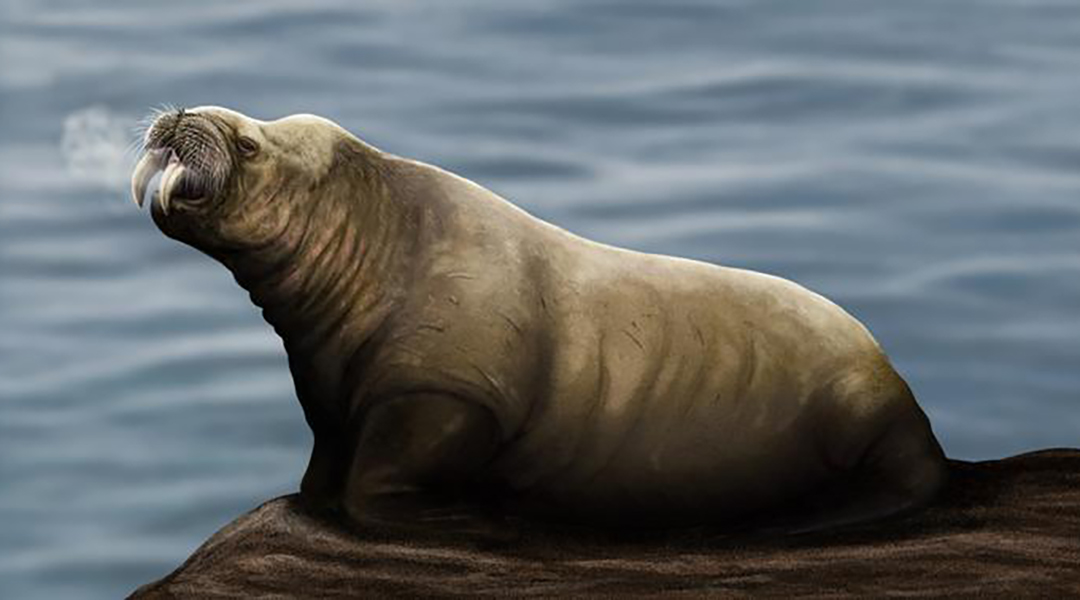
Extinct walrus-like species identified from old mandibles
The extinct species, named Ontocetus posti, lived nearly two million years before the modern walrus emerged.
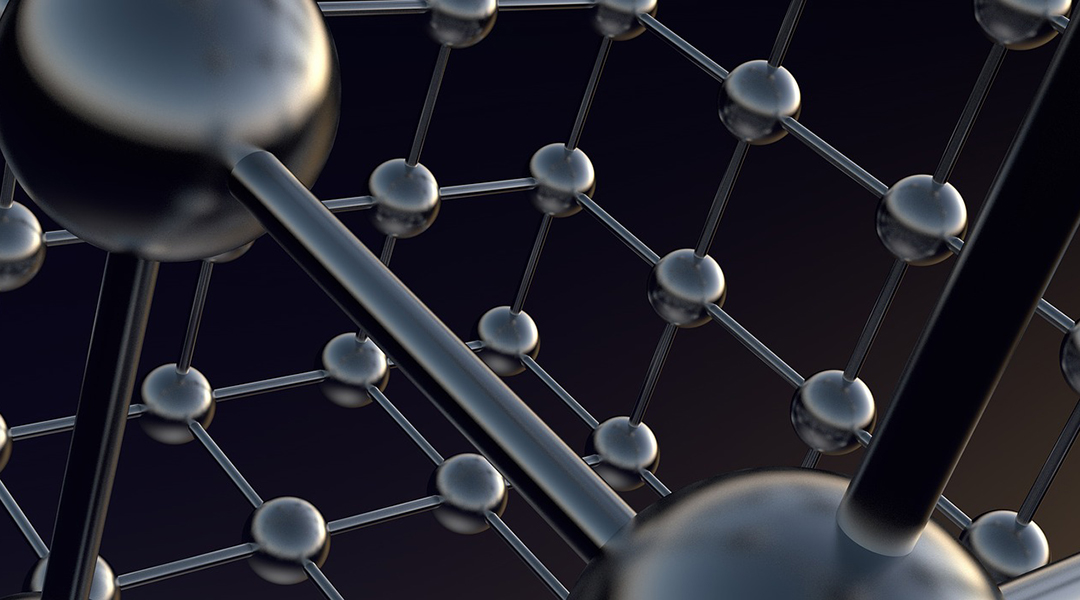
Scientists hope a new take on superconductivity could spark more advances in the field
Understanding this unique form of superconductivity is crucial and could lead to exciting applications, like functional quantum computers.
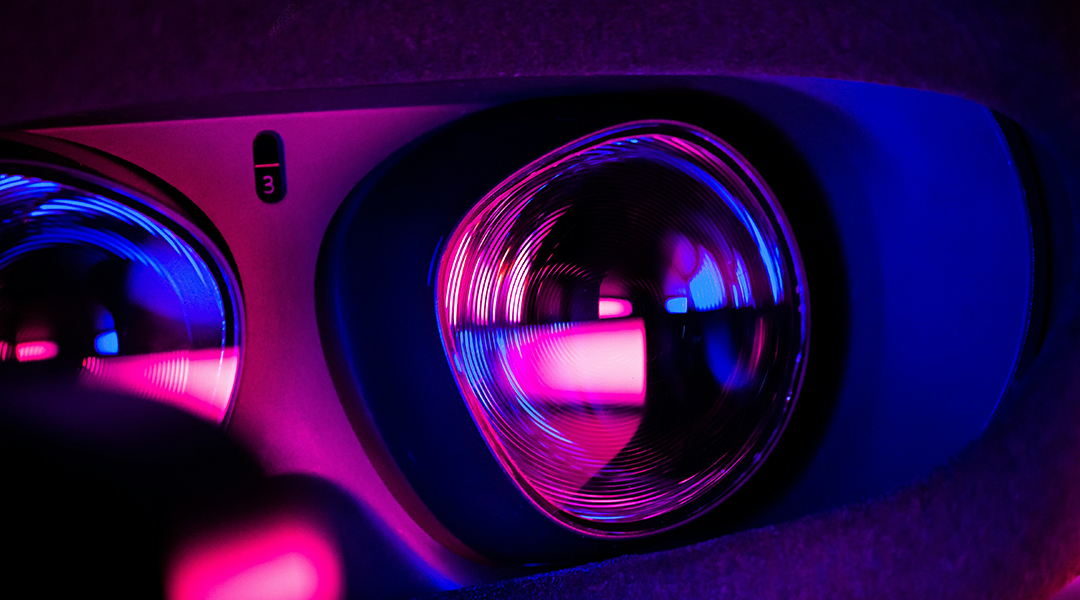
Contact lenses bring 3D holograms to life for augmented reality
A better way to fabricate metasurfaces allows scientists to create contact lenses capable of projecting 3D holographic images.
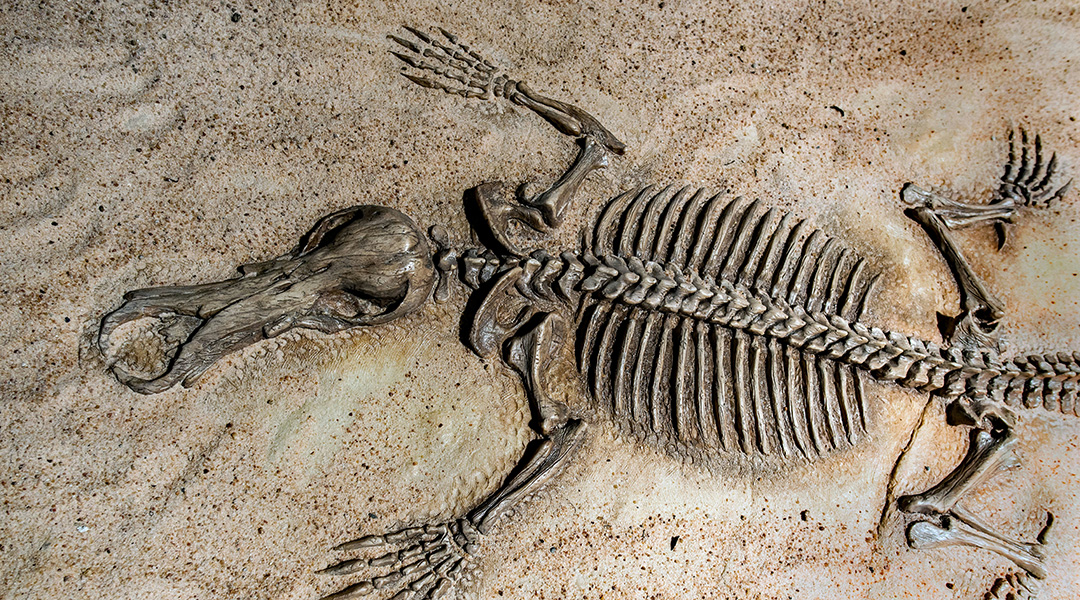
Do we age because of the dinosaurs?
A new theory suggests dinosaurs’ impact on early mammals’ evolution may explain variations in aging among present-day animals.

Antimicrobial resistance is an unwinnable arms race
Experts argue a new approach is needed so that we are less reliant on antimicrobial drugs, where less use means less resistance.
ASN Weekly
Sign up for our weekly newsletter and receive the latest science news directly to your inbox.
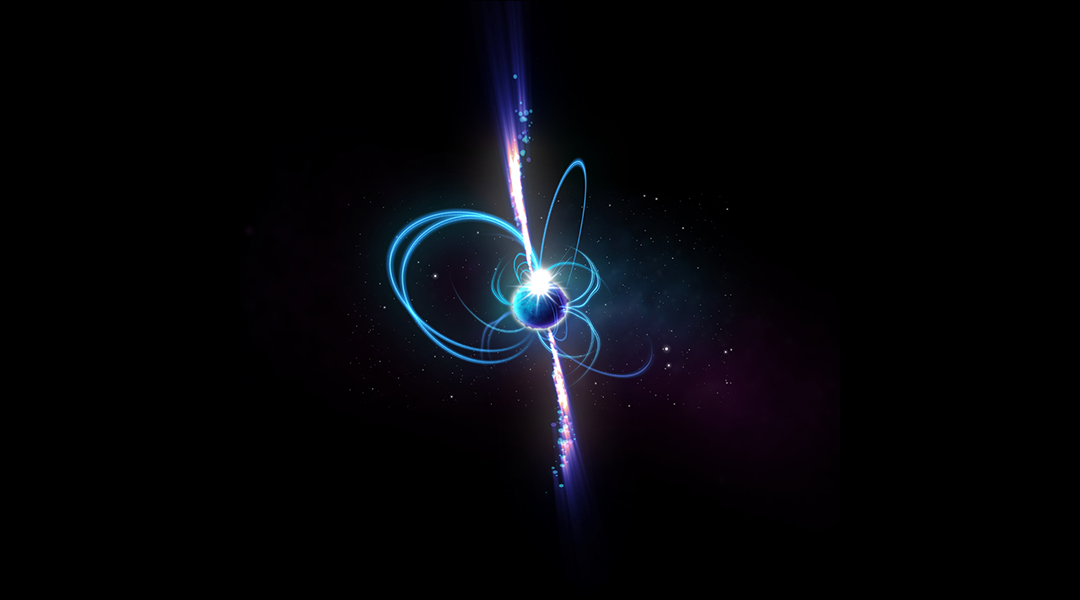
Finding a magnetar, a neutron star’s baby brother
Scientists have observed a peculiar object emitting radio waves once every 20 minutes, and it may be a new kind of neutron star.
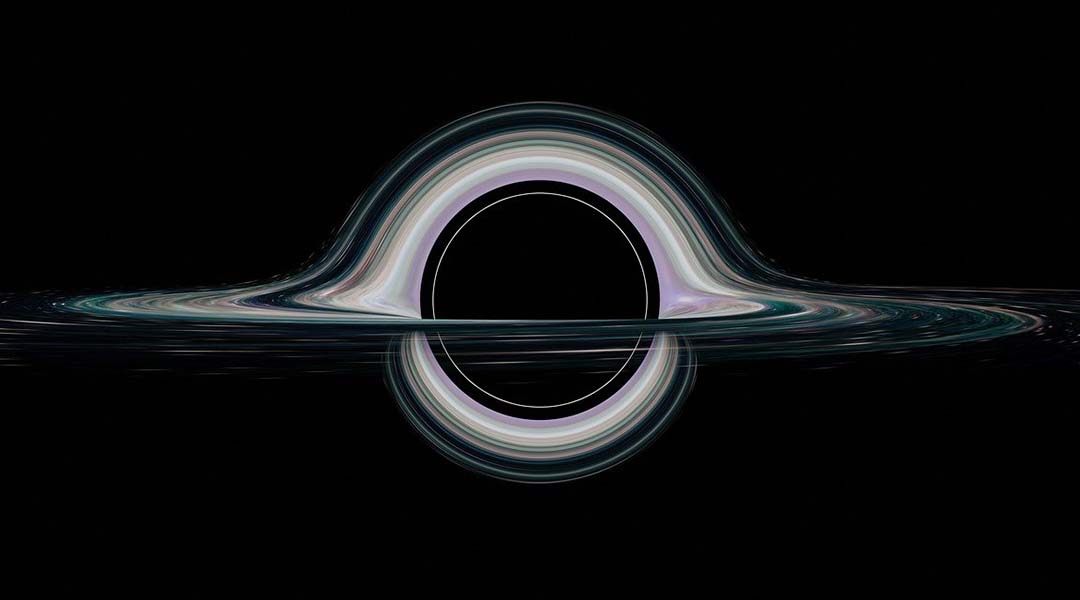
Black hole asymmetry puts quantum gravity to the test
Physicists hope to detect asymmetry in spinning black holes using NASA’s LISA telescope to finally provide proof of quantum gravity.
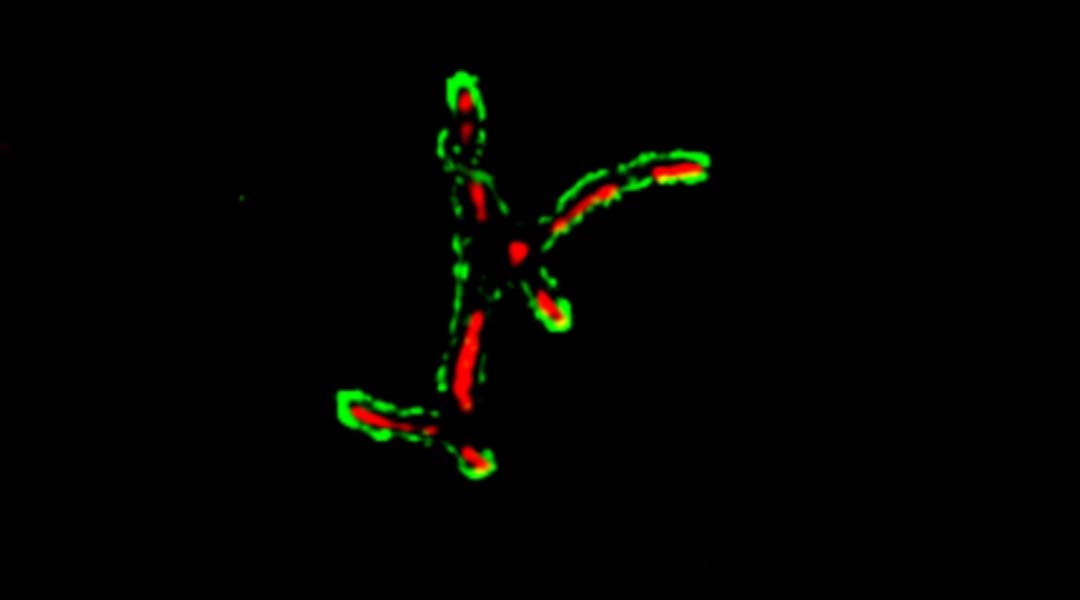
Detecting tuberculosis outside the lungs
A new fluorescent probe for detecting tuberculosis can now identify disease-causing bacteria in extra-pulmonary tissue for better diagnosis.
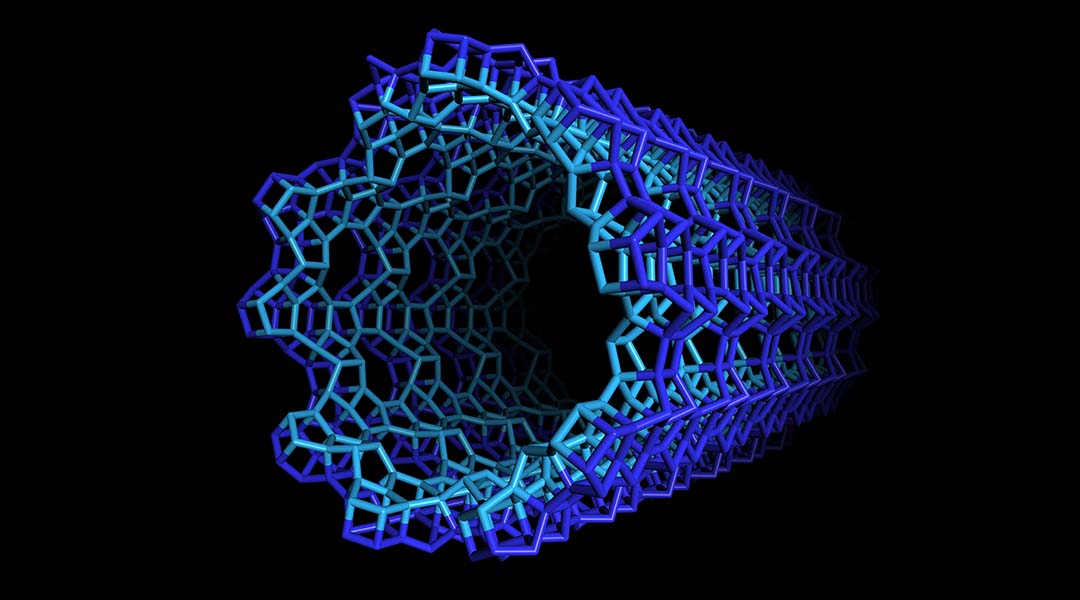
Holey tubular zeolites!
Nanotubes made from sheets of zeolite promise to expand this material’s already extensive range of application.
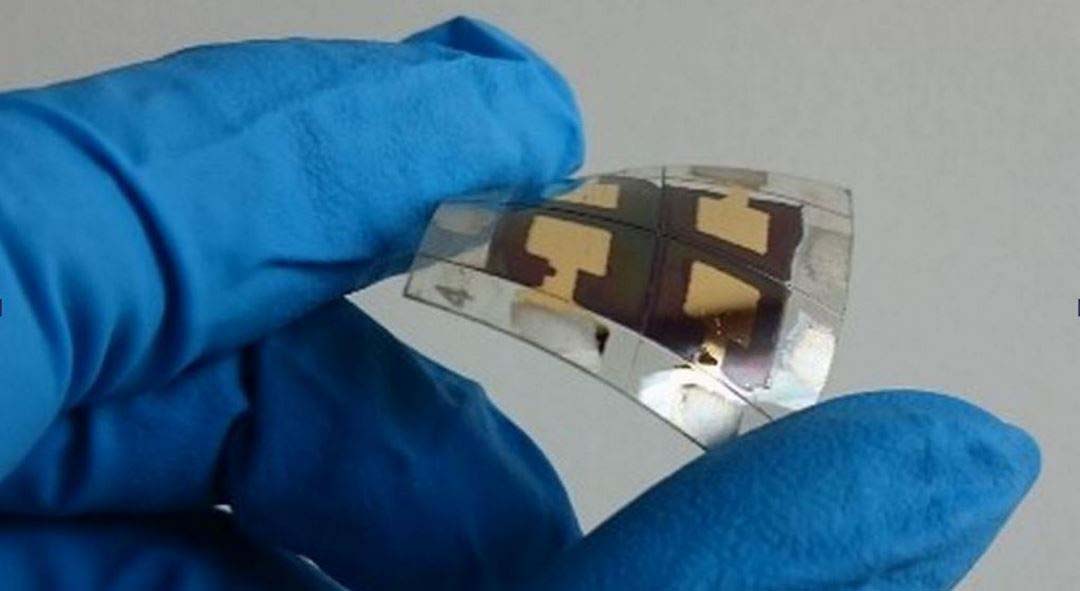
Solar cells created with a single sheet of paper
A new ink deposition method simplifies a complicated process for creating efficient perovskite solar cells.
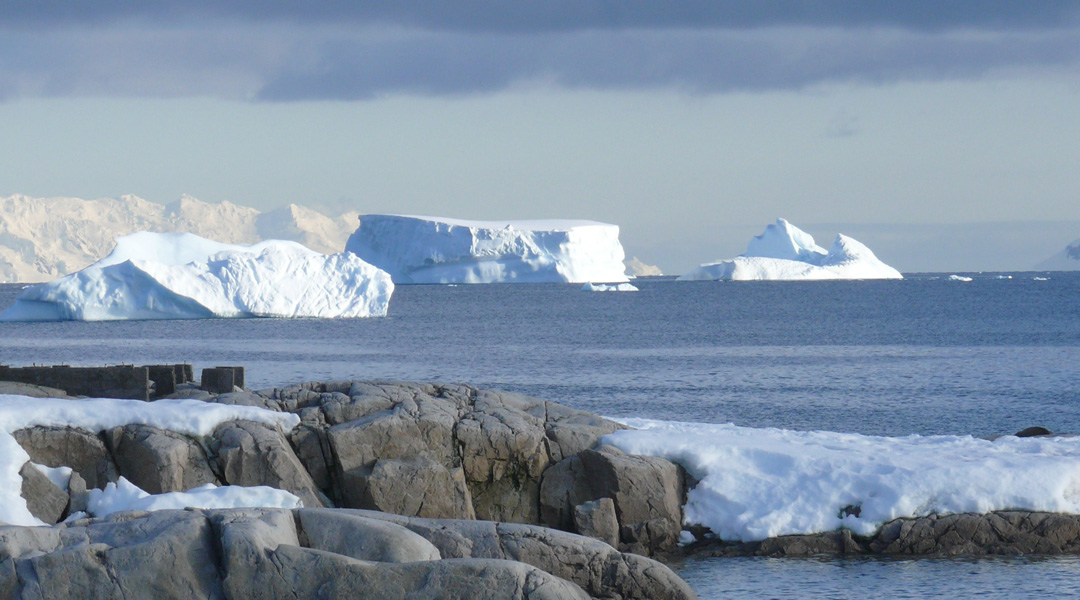
Is Antarctica blooming?
Underneath the freezing, desolate surface of Antarctica, phytoplankton are finding a niche.

Detecting ultralight dark matter particles using supermassive black holes
Is it time to start looking for alternatives to WIMPs?
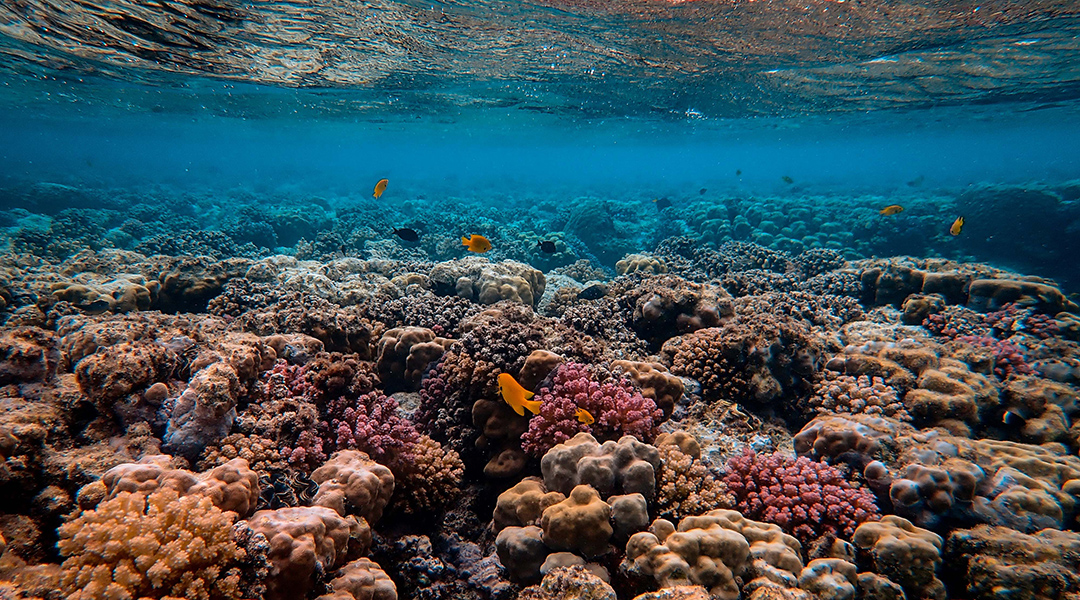
Genetic diversity can help coral reefs fight climate change
New experiments on coral reefs show that transplanting genetically diverse coral is key to restoration success.
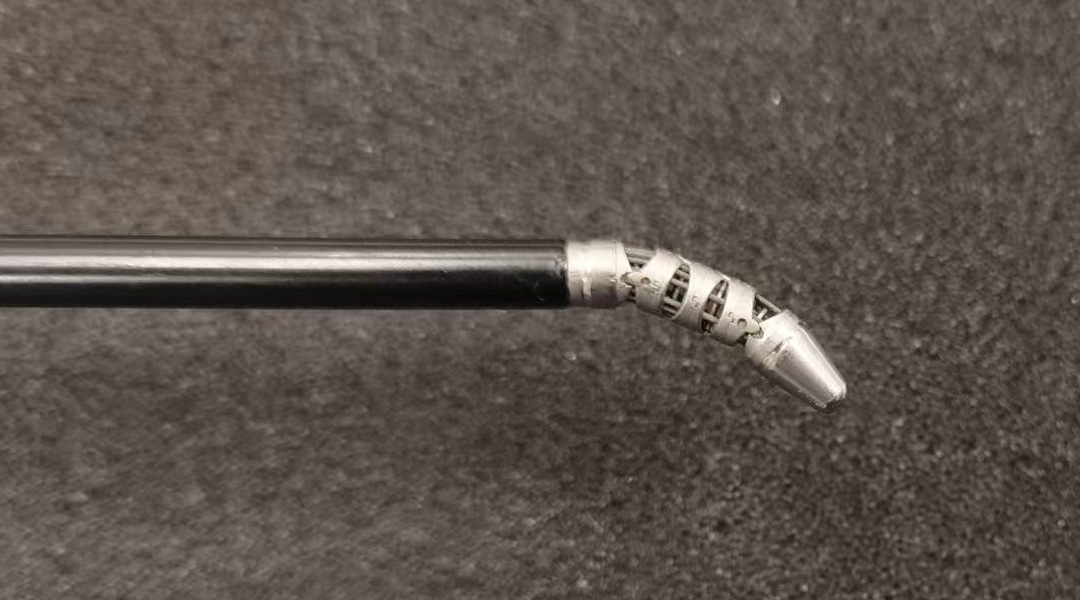
A smart laparoscope that self-adjusts during surgery
Researchers use machine learning techniques to decrease the workload of surgeons.
No Results Found
The page you requested could not be found. Try refining your search, or use the navigation above to locate the post.
No Results Found
The page you requested could not be found. Try refining your search, or use the navigation above to locate the post.
No Results Found
The page you requested could not be found. Try refining your search, or use the navigation above to locate the post.
No Results Found
The page you requested could not be found. Try refining your search, or use the navigation above to locate the post.
No Results Found
The page you requested could not be found. Try refining your search, or use the navigation above to locate the post.
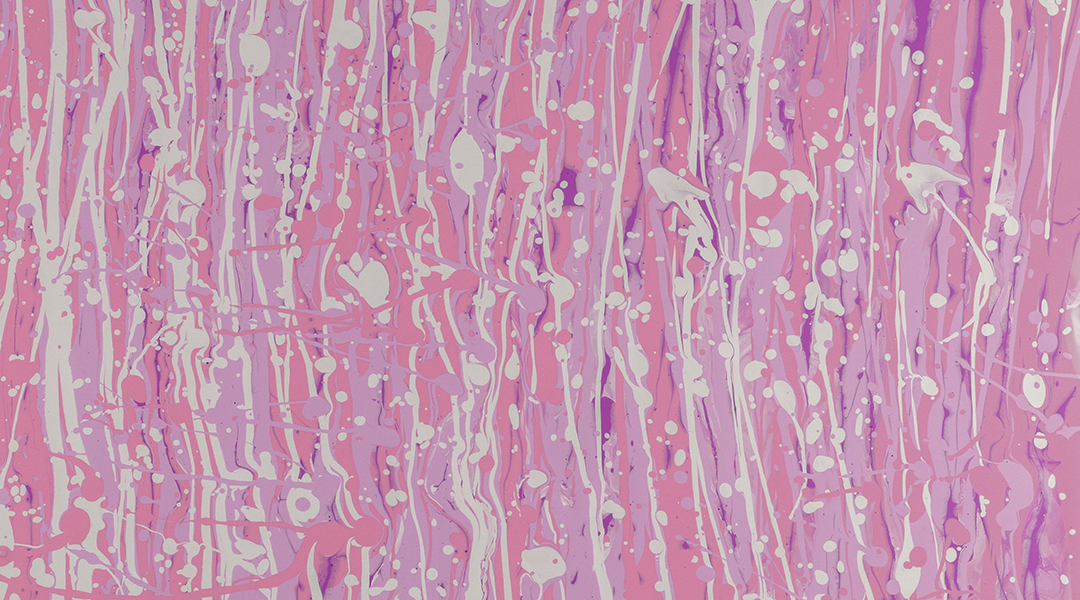
A synthetic nanoenzyme helps combat IBD
To minimize inflammation in IBD, scientists have developed a synthetic enzyme that targets multiple problematic pathways.
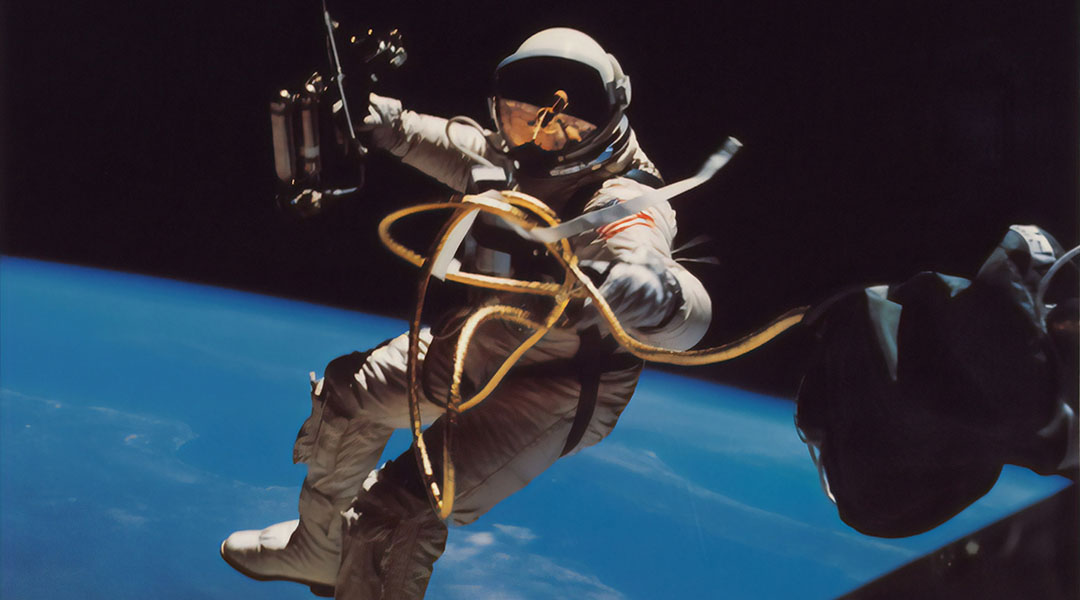
How bioinks could help astronauts survive long space missions
Scientists are exploring how to store and transport ready-to-use bioink cartridges to treat injuries on the International Space Station.
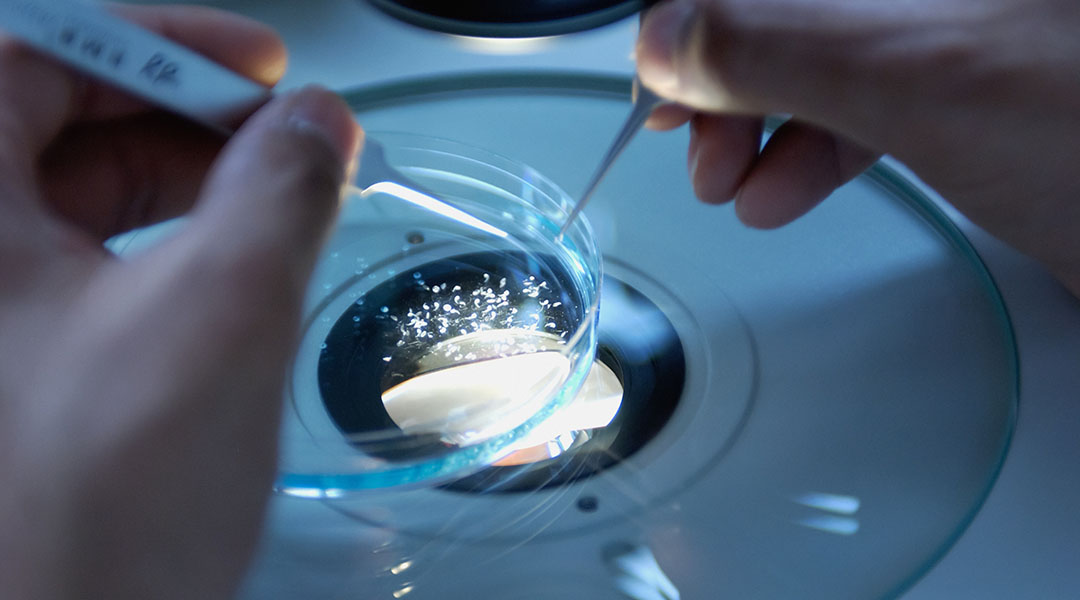
Bacteria found in tumors could prove a potent anticancer tool
Bacteria residing inside tumors provide a surprisingly powerful immunotherapy platform to combat different cancers.
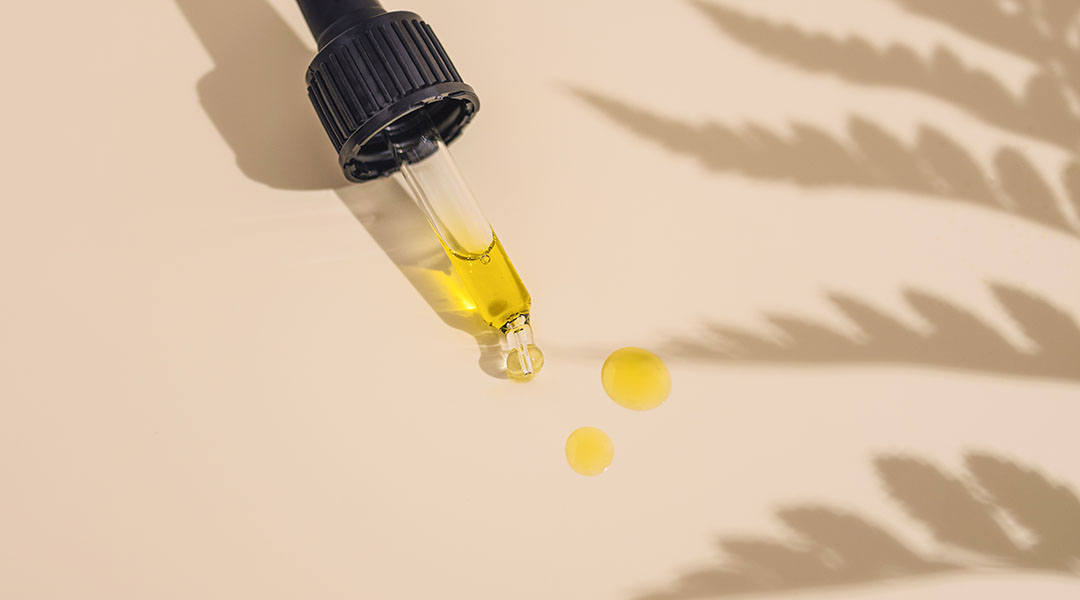
How the brain protects itself from the negative effects of CBD
To understand CBD’s impact and the risks associated with consumption, researchers explore how a fellow brain cell prevents toxicity in neurons.
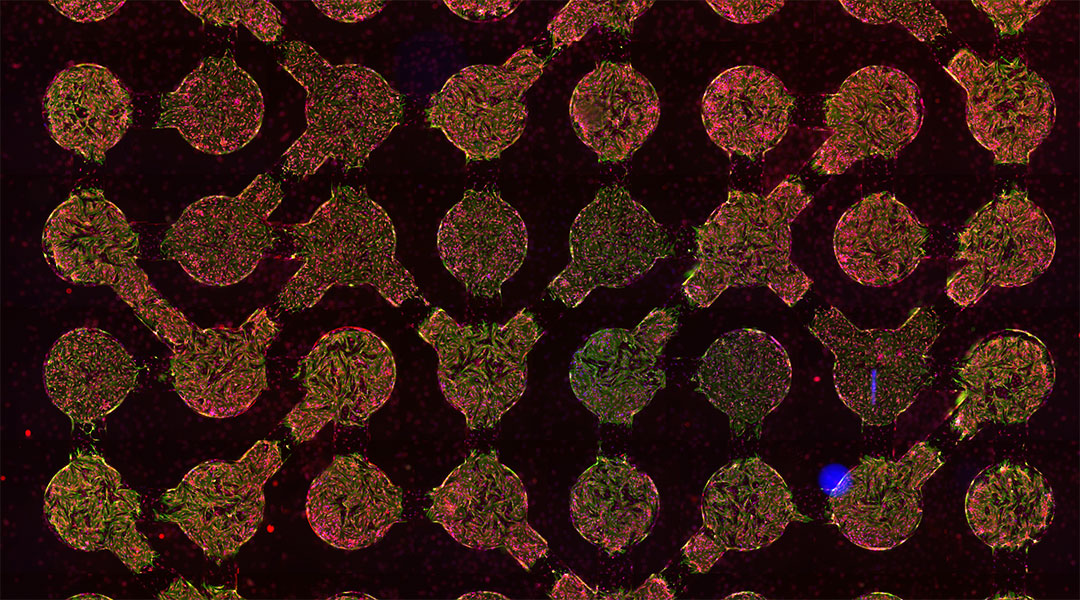
A computing system made from heart cells
A biocomputer built from connected heart cells solves computational problems with high accuracy and at a low computational cost.
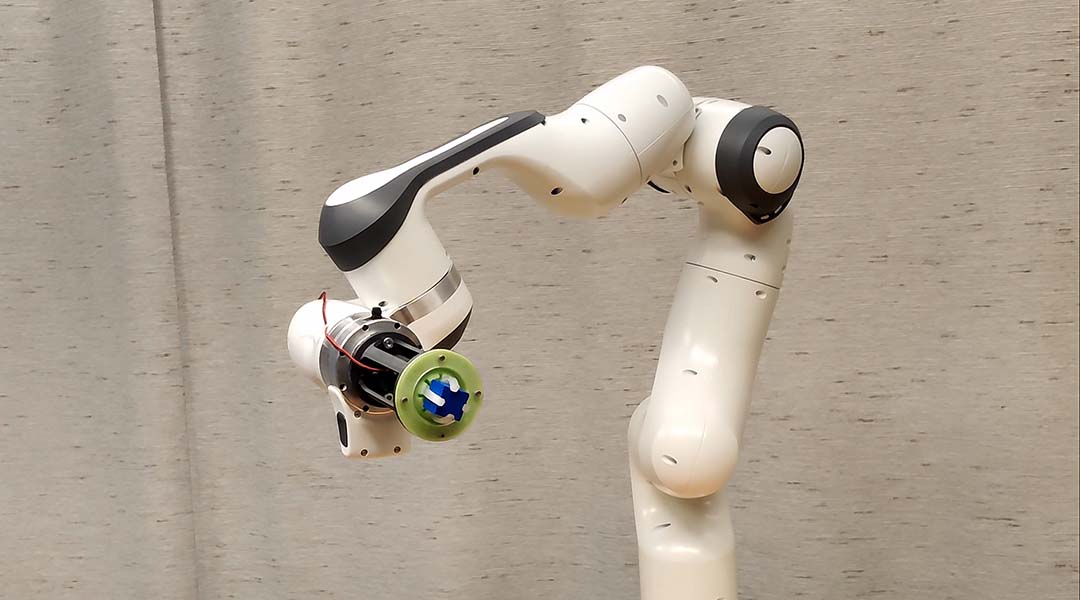
Snapping metacaps propel soft robot design
An innovative design allows for sensitive soft robots that can navigate difficult tasks and environments without bulky sensors.
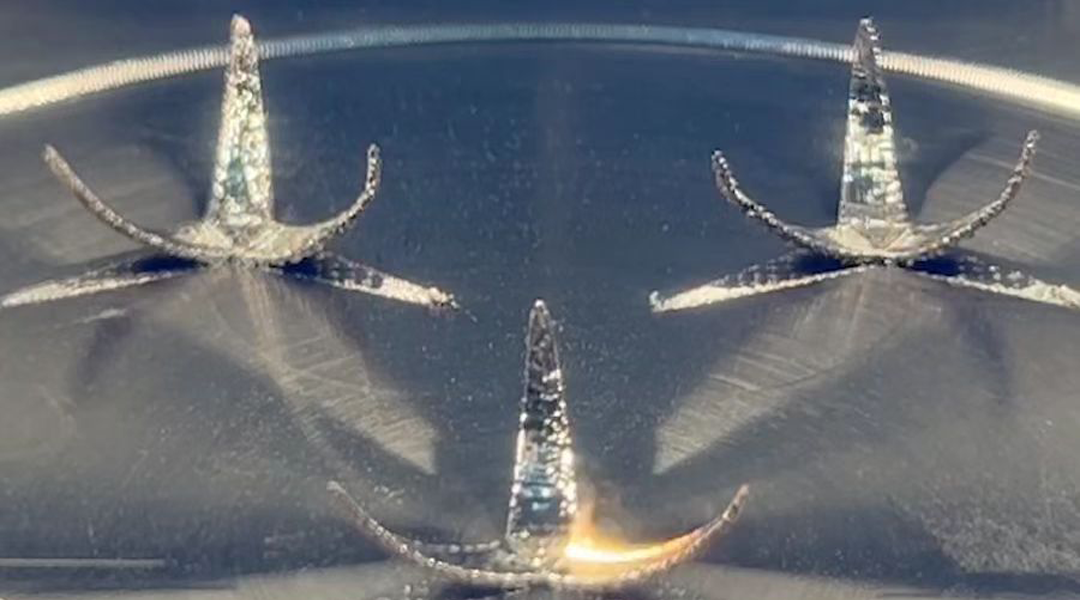
Laser-assisted 4D printing could open new avenues in science and technology
4D printing of metallic shape-morphing systems can be applied in many fields, including aerospace, smart manufacturing, naval equipment, and biomedical engineering.

Machines can impersonate humans, but the subconscious brain is not fooled
People cannot reliably tell whether a text is produced by a human or a machine — but subconscious neural activity reveals the true identity.

Vegetation played a major role in climate warming
Climate models backed by pollen records validate a spike in global temperatures that took place 6000-9000 years ago.

How biogas from human waste will lead to energy independence
Chicken feathers enhance the quality of biogas produced from human waste, allowing impoverished communities to generate their own power.
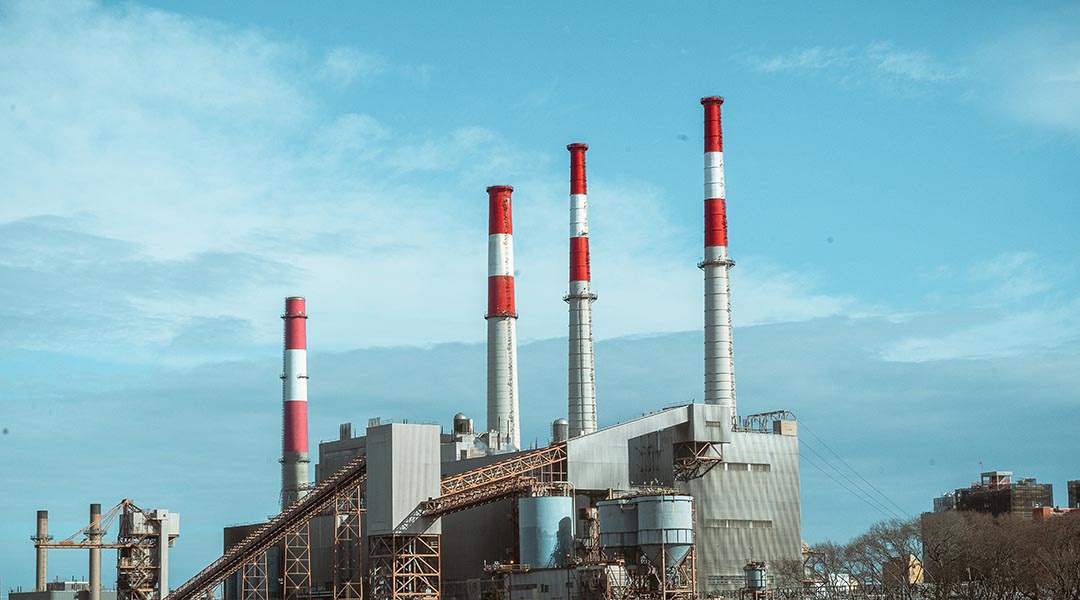
Decarbonizing the chemical industry with sustainable photons
Decarbonizing the chemical industry is possible, provided decreases in the cost of solar energy and increases in LED efficiency continue.
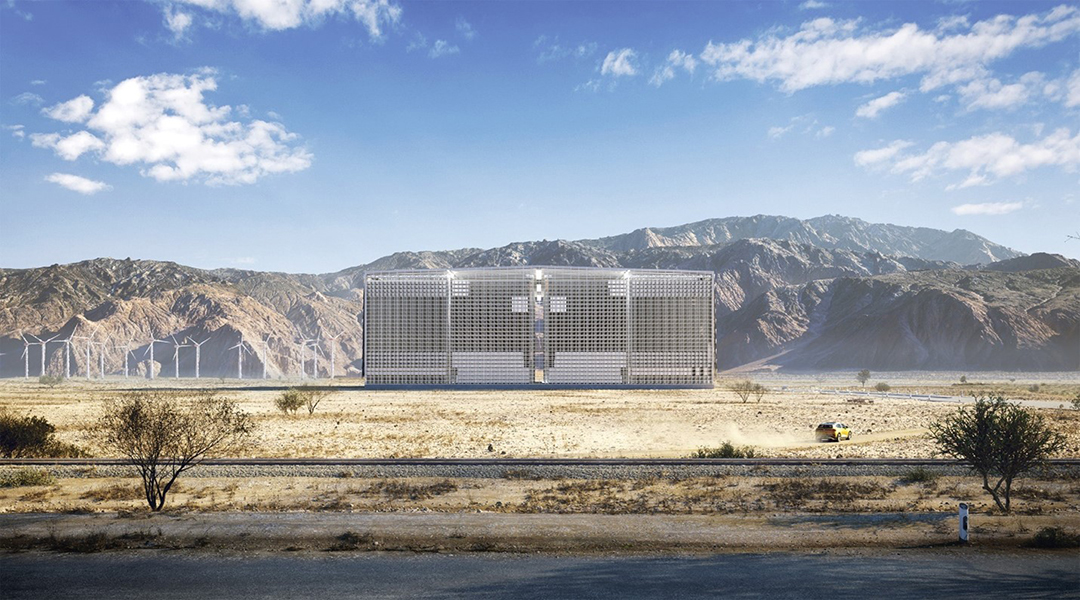
Gravity energy storage elevated to new heights
An innovative new gravity storage system with an “elevator” style building design is a viable solution to global grid-scale energy storage.

Dark matter from quantum gravity
Researchers at the Southern University of Science and Technology in China ask if gravitons can be promising candidates for dark matter components.
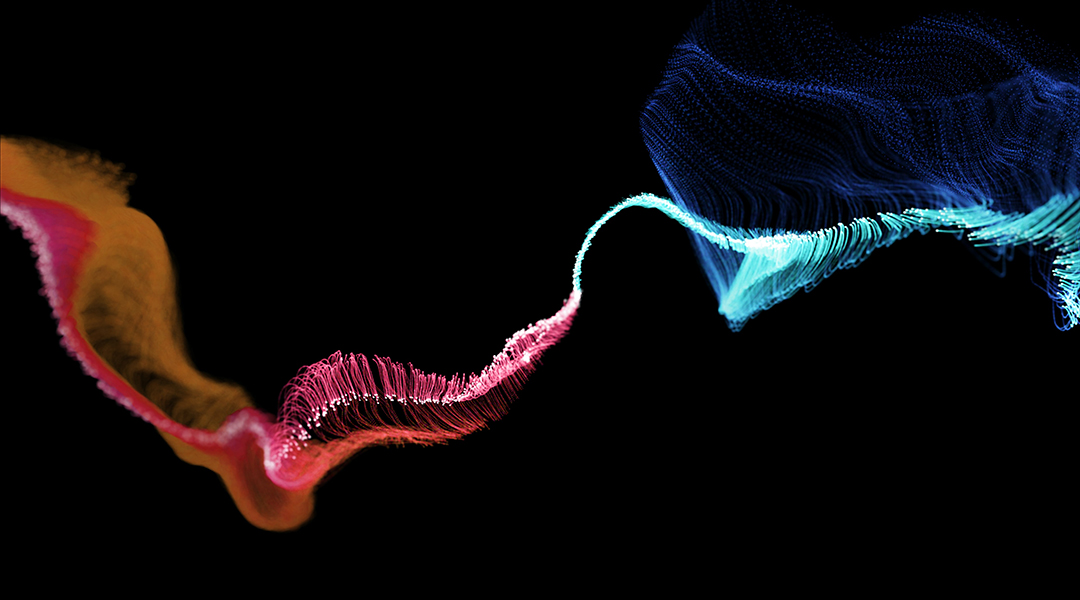
Ultra-cold atoms help test fundamental theory of solids
Cold ytterbium atoms were used to test a fundamental theory which describes phenomena in solids such as magnetism and superconductivity.

Upper mass limit of massive stars revisited
Physicists at the Gemini Observatory have found a new mass limit for massive stars, and found it to be lower than previously thought.
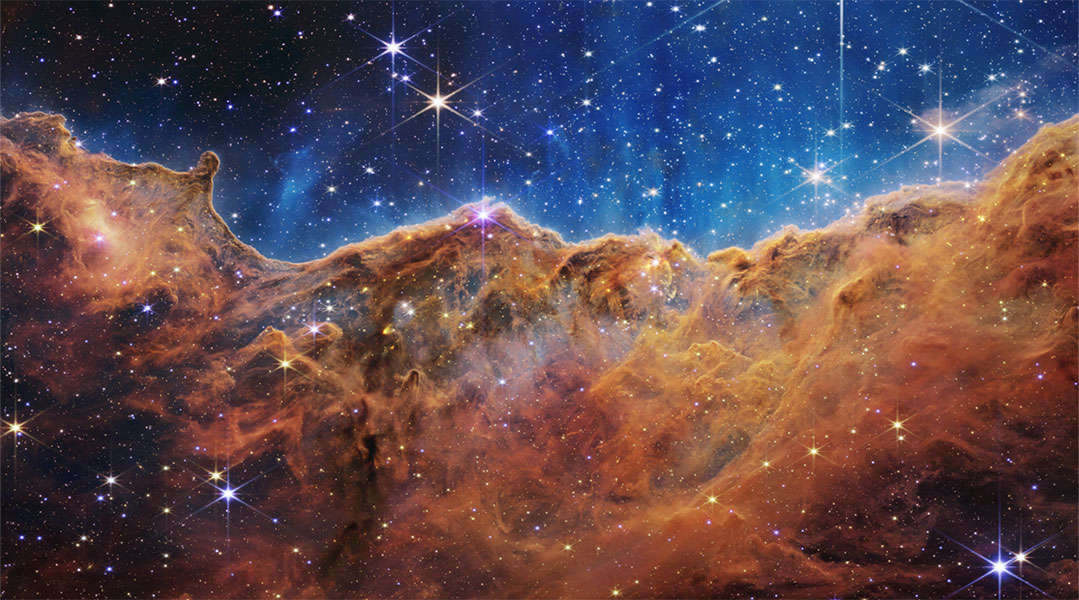
Is the Universe running out of stars?
Astronomers are discovering that the rate of star formation in the universe is dropping, and they want to know why.



